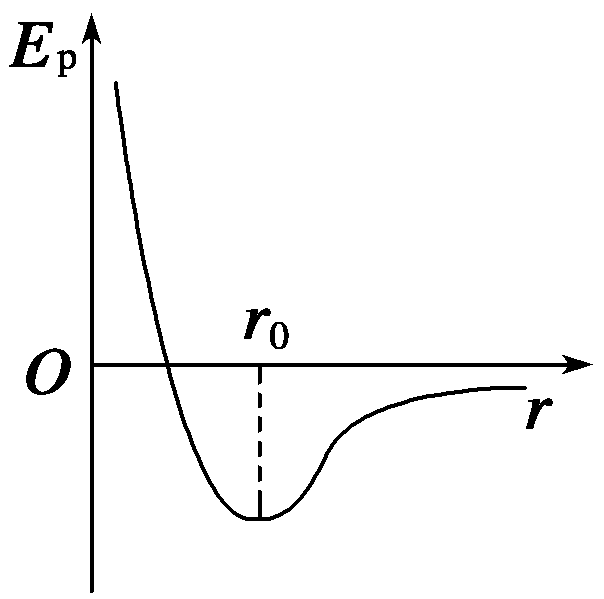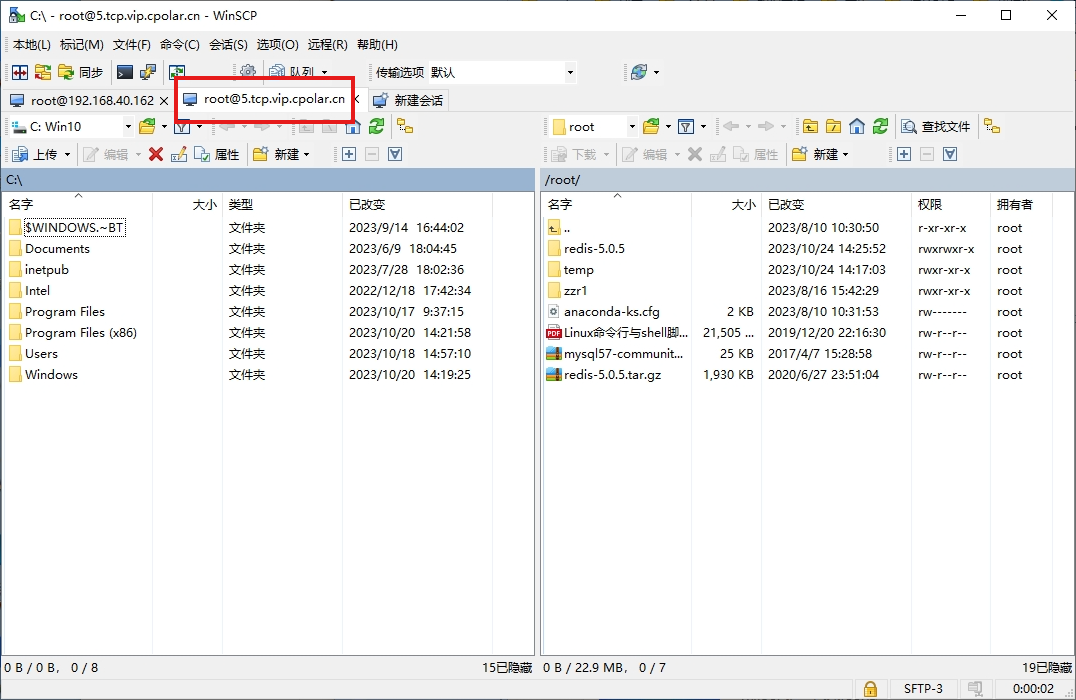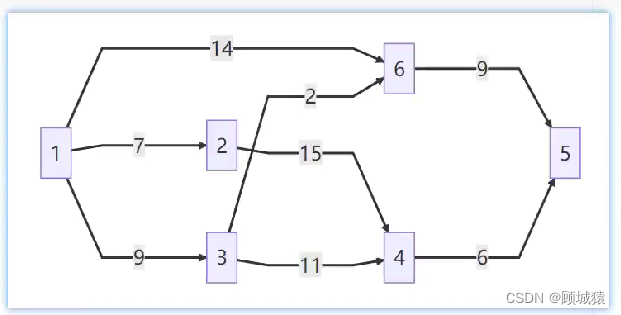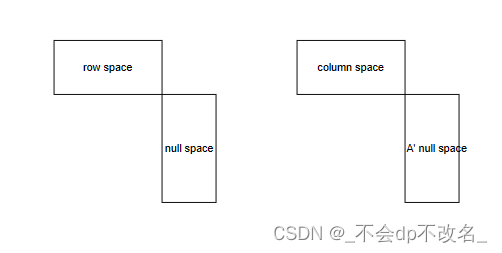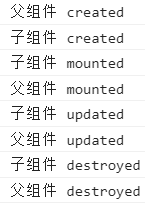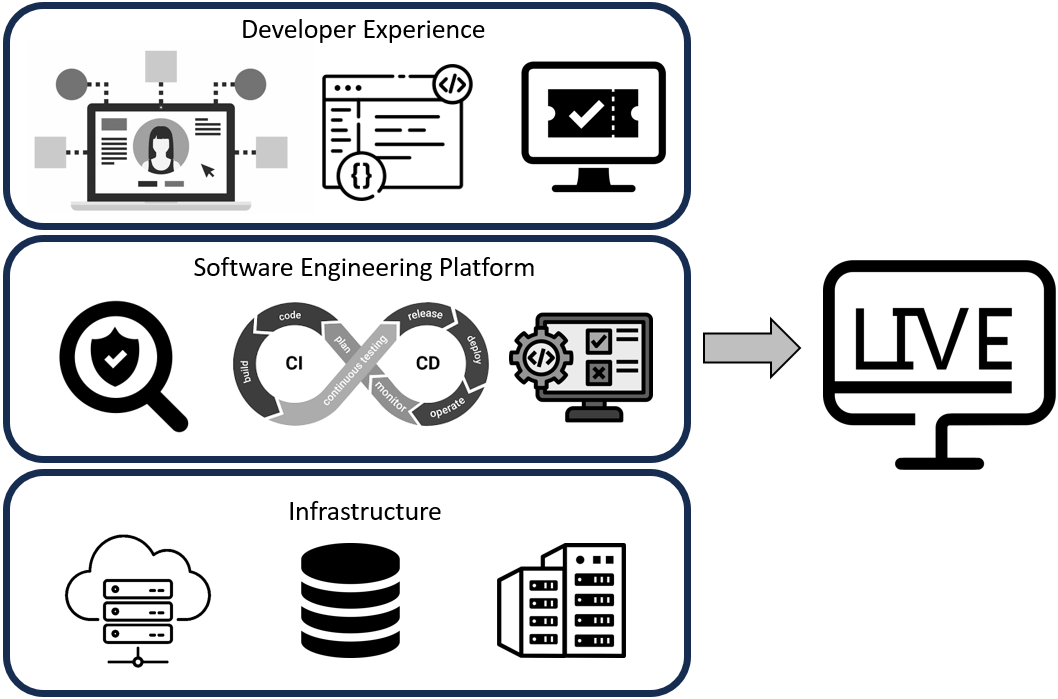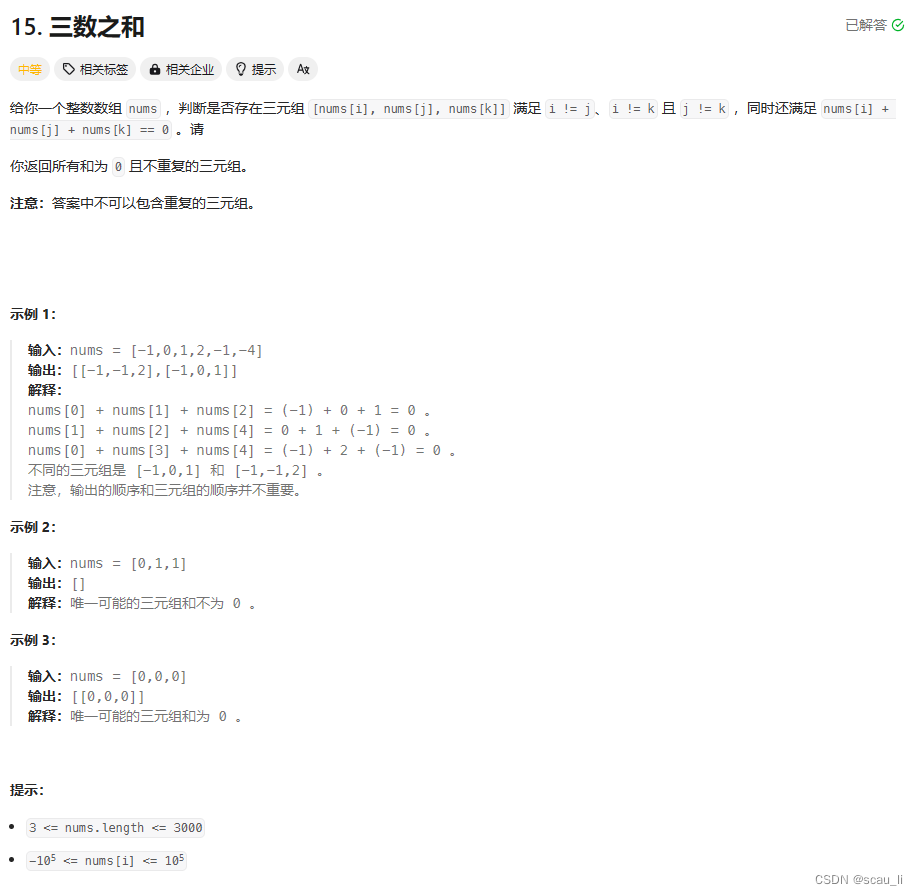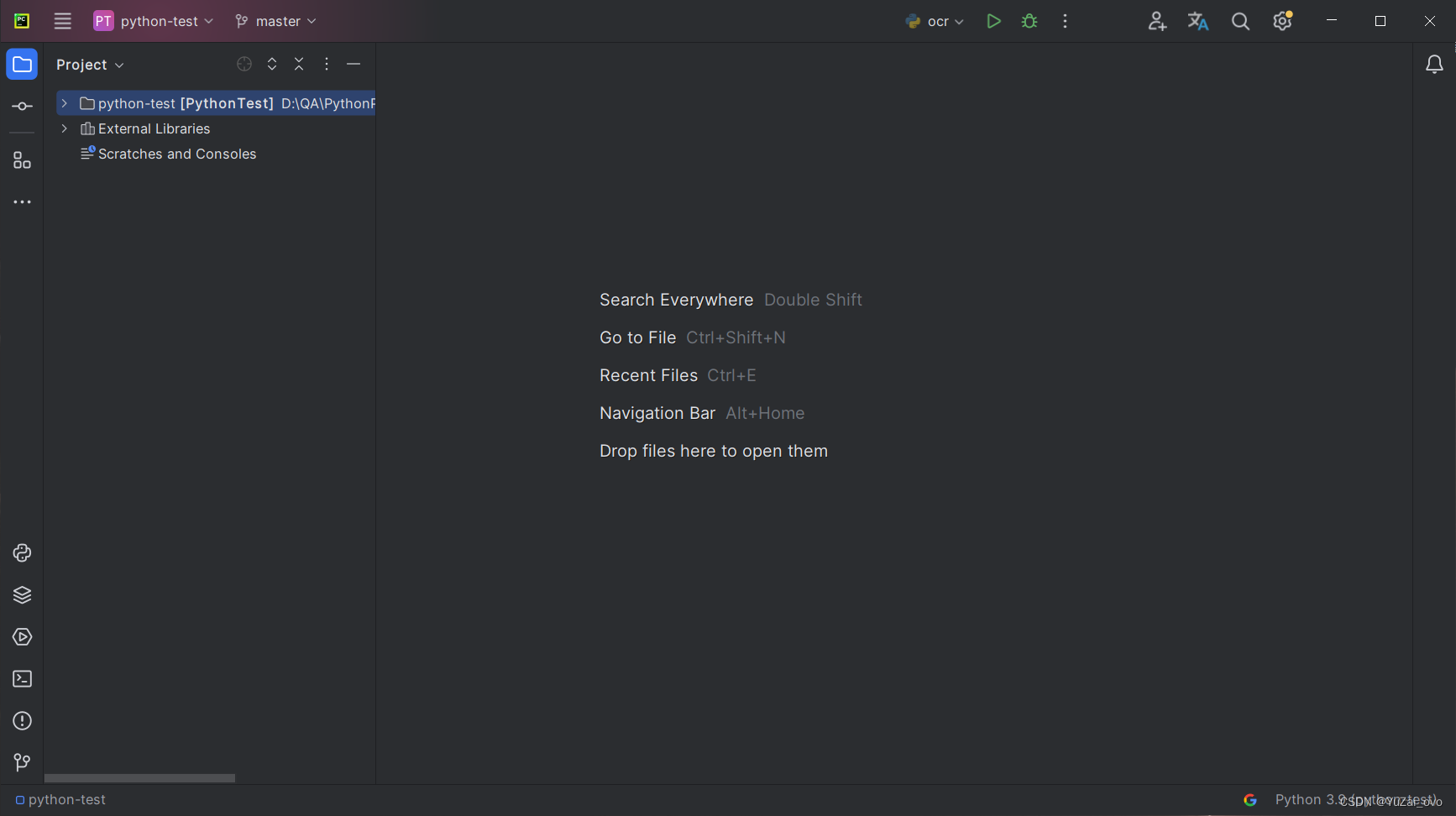目录
免责声明
任务
文件简介
爬取当当网内容单管道
pipelines.py
items.py
setting
dang.py
当当网多管道下载图片
pipelines.py
settings
当当网多页下载
dang.py
pielines.py
settings
items.py
总结
免责声明
该文章用于学习,无任何商业用途
文章部分图片来自尚硅谷
任务
爬取当当网汽车用品_汽车用品【价格 品牌 推荐 正品折扣】-当当网页面的全部商品数据
文件简介
在Scrapy框架中,pipelines和items都是用于处理和存储爬取到的数据的工具。
-
Items:Items是用于存储爬取到的数据的容器。它类似于一个Python字典,可以存储各种字段和对应的值。在Scrapy中,你可以定义一个自己的Item类,然后在爬虫中创建Item对象,并将爬取到的数据填充到Item对象中。Items可以在爬取过程中传递给pipelines进行进一步处理和存储。 -
Pipelines:Pipelines是用于处理和存储Item对象的组件。当爬虫爬取到数据后,它会将数据填充到Item对象中,并通过Pipeline进行处理和存储。Pipeline可以在爬取过程中执行各种操作,比如数据的清洗、去重、验证、存储等。你可以定义多个Pipeline,并按优先级顺序执行它们。
在我们的这个项目中就需要用到了
爬取当当网内容单管道
下面的图片来自尚硅谷

pipelines.py
# Define your item pipelines here
#
# Don't forget to add your pipeline to the ITEM_PIPELINES setting
# See: https://docs.scrapy.org/en/latest/topics/item-pipeline.html
# useful for handling different item types with a single interface
from itemadapter import ItemAdapter
# 如果想使用管道的话,就要在setting中开启
class ScrapyDangdang060Pipeline:
"""
在爬虫文件开始之前执行
"""
def open_spider(self, spider):
print("++++++++++=========")
self.fp = open('book.json', 'w', encoding='utf-8')
# item 就是yield后面的book对象
# book = ScrapyDangdang060Pipeline(src=src, name=name, price=price)
def process_item(self, item, spider):
# TODO 一下这种方法并不推荐,因为每传递过来一个对象就打开一个文件
# TODO 对文件的操作过于频繁
# (1) write方法必须是字符串,而不能是其他的对象
# w 会每一个对象都打开一次文件,然后后一个文件会将前一个文件覆盖
# with open('book.json', 'a', encoding='utf-8') as fp:
# fp.write(str(item))
# todo 这样就解决了文件的打开过于频繁
self.fp.write(str(item))
return item
"""
在爬虫文件执行完成之后执行
"""
def close_spider(self, spider):
print("------------------==========")
self.fp.close()在setting中解除注释,开启pipelines

ITEM_PIPELINES = {
# 管道可以有很多个,管道也存在优先级,范围1~1000,值越小,优先级越高
"scrapy_dangdang_060.pipelines.ScrapyDangdang060Pipeline": 300,
}items.py
# Define here the models for your scraped items
#
# See documentation in:
# https://docs.scrapy.org/en/latest/topics/items.html
import scrapy
class ScrapyDangdang060Item(scrapy.Item):
# define the fields for your item here like:
# name = scrapy.Field()
# 通俗的说就是我们要下载的数据都有什么
# 图片
src = scrapy.Field()
# 名字
name = scrapy.Field()
# 价格
price = scrapy.Field()
setting
# Scrapy settings for scrapy_dangdang_060 project
#
# For simplicity, this file contains only settings considered important or
# commonly used. You can find more settings consulting the documentation:
#
# https://docs.scrapy.org/en/latest/topics/settings.html
# https://docs.scrapy.org/en/latest/topics/downloader-middleware.html
# https://docs.scrapy.org/en/latest/topics/spider-middleware.html
BOT_NAME = "scrapy_dangdang_060"
SPIDER_MODULES = ["scrapy_dangdang_060.spiders"]
NEWSPIDER_MODULE = "scrapy_dangdang_060.spiders"
# Crawl responsibly by identifying yourself (and your website) on the user-agent
#USER_AGENT = "scrapy_dangdang_060 (+http://www.yourdomain.com)"
# Obey robots.txt rules
ROBOTSTXT_OBEY = True
# Configure maximum concurrent requests performed by Scrapy (default: 16)
#CONCURRENT_REQUESTS = 32
# Configure a delay for requests for the same website (default: 0)
# See https://docs.scrapy.org/en/latest/topics/settings.html#download-delay
# See also autothrottle settings and docs
#DOWNLOAD_DELAY = 3
# The download delay setting will honor only one of:
#CONCURRENT_REQUESTS_PER_DOMAIN = 16
#CONCURRENT_REQUESTS_PER_IP = 16
# Disable cookies (enabled by default)
#COOKIES_ENABLED = False
# Disable Telnet Console (enabled by default)
#TELNETCONSOLE_ENABLED = False
# Override the default request headers:
#DEFAULT_REQUEST_HEADERS = {
# "Accept": "text/html,application/xhtml+xml,application/xml;q=0.9,*/*;q=0.8",
# "Accept-Language": "en",
#}
# Enable or disable spider middlewares
# See https://docs.scrapy.org/en/latest/topics/spider-middleware.html
#SPIDER_MIDDLEWARES = {
# "scrapy_dangdang_060.middlewares.ScrapyDangdang060SpiderMiddleware": 543,
#}
# Enable or disable downloader middlewares
# See https://docs.scrapy.org/en/latest/topics/downloader-middleware.html
#DOWNLOADER_MIDDLEWARES = {
# "scrapy_dangdang_060.middlewares.ScrapyDangdang060DownloaderMiddleware": 543,
#}
# Enable or disable extensions
# See https://docs.scrapy.org/en/latest/topics/extensions.html
#EXTENSIONS = {
# "scrapy.extensions.telnet.TelnetConsole": None,
#}
# Configure item pipelines
# See https://docs.scrapy.org/en/latest/topics/item-pipeline.html
# 管道可以有很多个,管道也存在优先级,范围1~1000,值越小,优先级越高
ITEM_PIPELINES = {
"scrapy_dangdang_060.pipelines.ScrapyDangdang060Pipeline": 300,
}
# Enable and configure the AutoThrottle extension (disabled by default)
# See https://docs.scrapy.org/en/latest/topics/autothrottle.html
#AUTOTHROTTLE_ENABLED = True
# The initial download delay
#AUTOTHROTTLE_START_DELAY = 5
# The maximum download delay to be set in case of high latencies
#AUTOTHROTTLE_MAX_DELAY = 60
# The average number of requests Scrapy should be sending in parallel to
# each remote server
#AUTOTHROTTLE_TARGET_CONCURRENCY = 1.0
# Enable showing throttling stats for every response received:
#AUTOTHROTTLE_DEBUG = False
# Enable and configure HTTP caching (disabled by default)
# See https://docs.scrapy.org/en/latest/topics/downloader-middleware.html#httpcache-middleware-settings
#HTTPCACHE_ENABLED = True
#HTTPCACHE_EXPIRATION_SECS = 0
#HTTPCACHE_DIR = "httpcache"
#HTTPCACHE_IGNORE_HTTP_CODES = []
#HTTPCACHE_STORAGE = "scrapy.extensions.httpcache.FilesystemCacheStorage"
# Set settings whose default value is deprecated to a future-proof value
REQUEST_FINGERPRINTER_IMPLEMENTATION = "2.7"
TWISTED_REACTOR = "twisted.internet.asyncioreactor.AsyncioSelectorReactor"
FEED_EXPORT_ENCODING = "utf-8"
dang.py
import scrapy
# 这里报错是编译器的问题,但是并不影响下面的代码
from scrapy_dangdang_060.items import ScrapyDangdang060Item
class DangSpider(scrapy.Spider):
name = "dang"
allowed_domains = ["category.dangdang.com"]
start_urls = ["https://category.dangdang.com/cid4002429.html"]
def parse(self, response):
print("===============成功================")
# pipelines 管道用于下载数据
# items 定义数据结构的
# src = //ul[@id="component_47"]/li//img/@src
# alt = //ul[@id="component_47"]/li//img/@alt
# price = //ul[@id="component_47"]/li//p/span/text()
# 所有的seletor的对象都可以再次调用xpath
li_list = response.xpath('//ul[@id="component_47"]/li')
for li in li_list:
# 这里页面使用了懒加载,所以不能使用src了
src = li.xpath('.//a//img/@data-original').extract_first()
# 前几张图片的和其他图片你的标签属性并不一样
# 第一章图片的src是可以使用的,其他的图片的地址是data-original
if src:
src = src
else:
src = li.xpath('.//a//img/@src').extract_first()
name = li.xpath('.//img/@alt').extract_first()
# /span/text()
price = li.xpath('.//p[@class="price"]/span[1]/text()').extract_first()
# print(src, name, price)
book = ScrapyDangdang060Item(src=src, name=name, price=price)
# 获取一个book就将book交给pipelines
yield book
这样之后就可以拿下book.json也就是当当网这一页的全部json数据了。
当当网多管道下载图片
# (1)定义管道类 # (2)在settings中开启管道 # "scrapy_dangdang_060.pipelines.DangDangDownloadPipeline": 301,
pipelines.py
# Define your item pipelines here
#
# Don't forget to add your pipeline to the ITEM_PIPELINES setting
# See: https://docs.scrapy.org/en/latest/topics/item-pipeline.html
# useful for handling different item types with a single interface
from itemadapter import ItemAdapter
# 如果想使用管道的话,就要在setting中开启
class ScrapyDangdang060Pipeline:
"""
在爬虫文件开始之前执行
"""
def open_spider(self, spider):
print("++++++++++=========")
self.fp = open('book.json', 'w', encoding='utf-8')
# item 就是yield后面的book对象
# book = ScrapyDangdang060Pipeline(src=src, name=name, price=price)
def process_item(self, item, spider):
# TODO 一下这种方法并不推荐,因为每传递过来一个对象就打开一个文件
# TODO 对文件的操作过于频繁
# (1) write方法必须是字符串,而不能是其他的对象
# w 会每一个对象都打开一次文件,然后后一个文件会将前一个文件覆盖
# with open('book.json', 'a', encoding='utf-8') as fp:
# fp.write(str(item))
# todo 这样就解决了文件的打开过于频繁
self.fp.write(str(item))
return item
"""
在爬虫文件执行完成之后执行
"""
def close_spider(self, spider):
print("------------------==========")
self.fp.close()
import urllib.request
# 多条管道开启
# (1)定义管道类
# (2)在settings中开启管道
# "scrapy_dangdang_060.pipelines.DangDangDownloadPipeline": 301,
class DangDangDownloadPipeline:
def process_item(self, item, spider):
url = 'https:' + item.get('src')
filename = './books/' + item.get('name') + '.jpg'
urllib.request.urlretrieve(url=url, filename=filename)
return item
settings
ITEM_PIPELINES = {
"scrapy_dangdang_060.pipelines.ScrapyDangdang060Pipeline": 300,
# DangDangDownloadPipeline
"scrapy_dangdang_060.pipelines.DangDangDownloadPipeline": 301,
}就修改这两处文件,其他的无需变化
当当网多页下载
dang.py
这里寻找了一下不同page页之间的区别,然后使用parse方法来爬取数据
import scrapy
# 这里报错是编译器的问题,但是并不影响下面的代码
from scrapy_dangdang_060.items import ScrapyDangdang060Item
class DangSpider(scrapy.Spider):
name = "dang"
# 如果要多页爬取,那么需要调整allowed_domains的范围一般情况下只写域名
allowed_domains = ["category.dangdang.com"]
start_urls = ["https://category.dangdang.com/cid4002429.html"]
base_url = 'https://category.dangdang.com/pg'
page = 1
def parse(self, response):
print("===============成功================")
# pipelines 管道用于下载数据
# items 定义数据结构的
# src = //ul[@id="component_47"]/li//img/@src
# alt = //ul[@id="component_47"]/li//img/@alt
# price = //ul[@id="component_47"]/li//p/span/text()
# 所有的seletor的对象都可以再次调用xpath
li_list = response.xpath('//ul[@id="component_47"]/li')
for li in li_list:
# 这里页面使用了懒加载,所以不能使用src了
src = li.xpath('.//a//img/@data-original').extract_first()
# 前几张图片的和其他图片你的标签属性并不一样
# 第一章图片的src是可以使用的,其他的图片的地址是data-original
if src:
src = src
else:
src = li.xpath('.//a//img/@src').extract_first()
name = li.xpath('.//img/@alt').extract_first()
# /span/text()
price = li.xpath('.//p[@class="price"]/span[1]/text()').extract_first()
# print(src, name, price)
book = ScrapyDangdang060Item(src=src, name=name, price=price)
# 获取一个book就将book交给pipelines
yield book
# 每一页的爬取逻辑都是一样的,所以我们只需要将执行的那个页的请求再次调用parse方法即可
# 第一页:https://category.dangdang.com/cid4002429.html
# 第二页:https://category.dangdang.com/pg2-cid4002429.html
# 第三页:https://category.dangdang.com/pg3-cid4002429.html
if self.page < 100:
self.page = self.page + 1
url = self.base_url + str(self.page) + '-cid4002429.html'
# 调用parse方法
# 下面的代码就是scrapy的get请求
# 这里的parse千万不要加括号()
yield scrapy.Request(url=url, callback=self.parse)
pielines.py
# Define your item pipelines here
#
# Don't forget to add your pipeline to the ITEM_PIPELINES setting
# See: https://docs.scrapy.org/en/latest/topics/item-pipeline.html
# useful for handling different item types with a single interface
from itemadapter import ItemAdapter
# 如果想使用管道的话,就要在setting中开启
class ScrapyDangdang060Pipeline:
"""
在爬虫文件开始之前执行
"""
def open_spider(self, spider):
print("++++++++++=========")
self.fp = open('book.json', 'w', encoding='utf-8')
# item 就是yield后面的book对象
# book = ScrapyDangdang060Pipeline(src=src, name=name, price=price)
def process_item(self, item, spider):
# TODO 一下这种方法并不推荐,因为每传递过来一个对象就打开一个文件
# TODO 对文件的操作过于频繁
# (1) write方法必须是字符串,而不能是其他的对象
# w 会每一个对象都打开一次文件,然后后一个文件会将前一个文件覆盖
# with open('book.json', 'a', encoding='utf-8') as fp:
# fp.write(str(item))
# todo 这样就解决了文件的打开过于频繁
self.fp.write(str(item))
return item
"""
在爬虫文件执行完成之后执行
"""
def close_spider(self, spider):
print("------------------==========")
self.fp.close()
import urllib.request
# 多条管道开启
# (1)定义管道类
# (2)在settings中开启管道
# "scrapy_dangdang_060.pipelines.DangDangDownloadPipeline": 301,
class DangDangDownloadPipeline:
def process_item(self, item, spider):
url = 'https:' + item.get('src')
filename = './books/' + item.get('name') + '.jpg'
urllib.request.urlretrieve(url=url, filename=filename)
return item
settings
# Scrapy settings for scrapy_dangdang_060 project
#
# For simplicity, this file contains only settings considered important or
# commonly used. You can find more settings consulting the documentation:
#
# https://docs.scrapy.org/en/latest/topics/settings.html
# https://docs.scrapy.org/en/latest/topics/downloader-middleware.html
# https://docs.scrapy.org/en/latest/topics/spider-middleware.html
BOT_NAME = "scrapy_dangdang_060"
SPIDER_MODULES = ["scrapy_dangdang_060.spiders"]
NEWSPIDER_MODULE = "scrapy_dangdang_060.spiders"
# Crawl responsibly by identifying yourself (and your website) on the user-agent
#USER_AGENT = "scrapy_dangdang_060 (+http://www.yourdomain.com)"
# Obey robots.txt rules
ROBOTSTXT_OBEY = True
# Configure maximum concurrent requests performed by Scrapy (default: 16)
#CONCURRENT_REQUESTS = 32
# Configure a delay for requests for the same website (default: 0)
# See https://docs.scrapy.org/en/latest/topics/settings.html#download-delay
# See also autothrottle settings and docs
#DOWNLOAD_DELAY = 3
# The download delay setting will honor only one of:
#CONCURRENT_REQUESTS_PER_DOMAIN = 16
#CONCURRENT_REQUESTS_PER_IP = 16
# Disable cookies (enabled by default)
#COOKIES_ENABLED = False
# Disable Telnet Console (enabled by default)
#TELNETCONSOLE_ENABLED = False
# Override the default request headers:
#DEFAULT_REQUEST_HEADERS = {
# "Accept": "text/html,application/xhtml+xml,application/xml;q=0.9,*/*;q=0.8",
# "Accept-Language": "en",
#}
# Enable or disable spider middlewares
# See https://docs.scrapy.org/en/latest/topics/spider-middleware.html
#SPIDER_MIDDLEWARES = {
# "scrapy_dangdang_060.middlewares.ScrapyDangdang060SpiderMiddleware": 543,
#}
# Enable or disable downloader middlewares
# See https://docs.scrapy.org/en/latest/topics/downloader-middleware.html
#DOWNLOADER_MIDDLEWARES = {
# "scrapy_dangdang_060.middlewares.ScrapyDangdang060DownloaderMiddleware": 543,
#}
# Enable or disable extensions
# See https://docs.scrapy.org/en/latest/topics/extensions.html
#EXTENSIONS = {
# "scrapy.extensions.telnet.TelnetConsole": None,
#}
# Configure item pipelines
# See https://docs.scrapy.org/en/latest/topics/item-pipeline.html
# 管道可以有很多个,管道也存在优先级,范围1~1000,值越小,优先级越高
ITEM_PIPELINES = {
"scrapy_dangdang_060.pipelines.ScrapyDangdang060Pipeline": 300,
# DangDangDownloadPipeline
"scrapy_dangdang_060.pipelines.DangDangDownloadPipeline": 301,
}
# Enable and configure the AutoThrottle extension (disabled by default)
# See https://docs.scrapy.org/en/latest/topics/autothrottle.html
#AUTOTHROTTLE_ENABLED = True
# The initial download delay
#AUTOTHROTTLE_START_DELAY = 5
# The maximum download delay to be set in case of high latencies
#AUTOTHROTTLE_MAX_DELAY = 60
# The average number of requests Scrapy should be sending in parallel to
# each remote server
#AUTOTHROTTLE_TARGET_CONCURRENCY = 1.0
# Enable showing throttling stats for every response received:
#AUTOTHROTTLE_DEBUG = False
# Enable and configure HTTP caching (disabled by default)
# See https://docs.scrapy.org/en/latest/topics/downloader-middleware.html#httpcache-middleware-settings
#HTTPCACHE_ENABLED = True
#HTTPCACHE_EXPIRATION_SECS = 0
#HTTPCACHE_DIR = "httpcache"
#HTTPCACHE_IGNORE_HTTP_CODES = []
#HTTPCACHE_STORAGE = "scrapy.extensions.httpcache.FilesystemCacheStorage"
# Set settings whose default value is deprecated to a future-proof value
REQUEST_FINGERPRINTER_IMPLEMENTATION = "2.7"
TWISTED_REACTOR = "twisted.internet.asyncioreactor.AsyncioSelectorReactor"
FEED_EXPORT_ENCODING = "utf-8"
items.py
# Define here the models for your scraped items
#
# See documentation in:
# https://docs.scrapy.org/en/latest/topics/items.html
import scrapy
class ScrapyDangdang060Item(scrapy.Item):
# define the fields for your item here like:
# name = scrapy.Field()
# 通俗的说就是我们要下载的数据都有什么
# 图片
src = scrapy.Field()
# 名字
name = scrapy.Field()
# 价格
price = scrapy.Field()
总结
虽然难,但是男人不能说这难┭┮﹏┭┮
ヾ( ̄▽ ̄)Bye~Bye~


